 Some people experience panic disorder with agoraphobia. Agoraphobia (technically defined as fear of open spaces) refers to a morbid fear of having a panic attack or panic-like symptoms in situations in which help would not be available or escape would be difficult or embarrassing. Those who suffer from agoraphobia typically avoid public places or places where they have experienced a panic attack. They may become restricted to their home or fixed routes or territories in which they feel safe. Approximately one in three people with panic disorder develops agoraphobia. Agoraphobia does not tend to develop until age 18 or older.
Some people experience panic disorder with agoraphobia. Agoraphobia (technically defined as fear of open spaces) refers to a morbid fear of having a panic attack or panic-like symptoms in situations in which help would not be available or escape would be difficult or embarrassing. Those who suffer from agoraphobia typically avoid public places or places where they have experienced a panic attack. They may become restricted to their home or fixed routes or territories in which they feel safe. Approximately one in three people with panic disorder develops agoraphobia. Agoraphobia does not tend to develop until age 18 or older.
Panic disorder affects approximately 4% of adolescents, whereas panic attacks are relatively common among adolescents (35-65%). On average, one’s first panic attack occurs between the ages of 15 and 19. Panic disorder is extremely rare in prepubertal children. Panic disorder is more common in females than males. Agoraphobia occurs in 2.4% of youth between the ages of 13 and 18 and is more common in females.
 Symptoms
Symptoms
Some people stop going into situations or places in which they've previously had a panic attack in anticipation of it happening again. These people have agoraphobia, and they typically avoid public places where they feel immediate escape might be difficult, such as shopping malls, public transportation, or large sports arenas. Their world may become smaller as they are constantly on guard, waiting for the next panic attack. Some people develop a fixed route or territory, and it may become impossible for them to travel beyond their safety zones without suffering severe anxiety.
 Red Flags
Red Flags Coping Cat Parents
Coping Cat ParentsCopingCatParents.com was developed to serve as a comprehensive and evidence-based resource on child and adolescent anxiety. Here you will get only information backed by research and tips and strategies that have evidence to support their use. We have brought together relevant resources, tools, and tips from the experts in the field that will be informative, and help you feel confident as you move forward in helping your child. Click on any of the links below to learn more:
 Symptom Checker
Symptom Checker
 Child Anxiety Tales
Child Anxiety Tales
The Child Anxiety Tales program is an online parent-training program designed to equip parents with skills and strategies they’ll need to help their children better manage anxiety. The program is based on the latest evidence in the treatment of child anxiety and on cognitive-behavioral principals shown to be effective in helping anxious youth. Child Anxiety Tales is an interactive and engaging program that can be completed at your own pace from the privacy and convenience of your own computer. It is not a treatment but an online educational program for parents.
Click below to view a demo or to learn more: